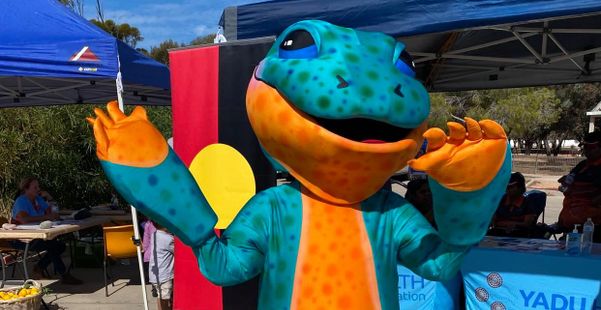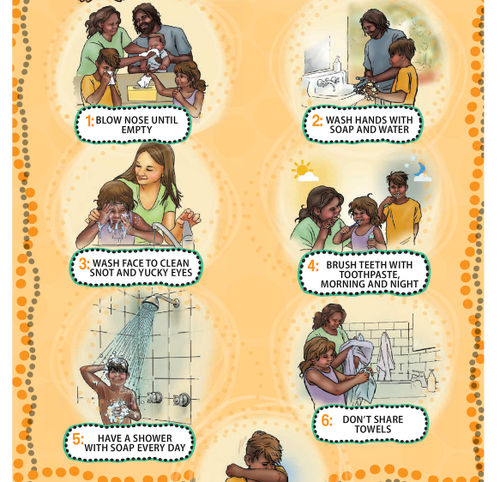Our Programs


Trachoma is the leading cause of preventable infectious blindness in the world. Trachoma continues to be a significant public health problem in Aboriginal and Torres Strait Islander communities in many rural and remote areas of the Northern Territory, South Australia, Queensland and Western Australia. AHCSA’s Trachoma Elimination Program has been striving towards eliminating blinding trachoma in SA since 2009 by working in collaboration with our member services, schools, communities, government, and non-government organisations.
AHCSA’s Trachoma Elimination Program implements the SAFE strategy as recommended by the World Health Organisation and the Communicable Disease Network Australia. The SAFE strategy is comprised of:
- Surgery – surgical correction for trichiasis
- Antibiotics - azithromycin for cases of active trachoma and their household contacts
- Facial cleanliness – promote clean faces to reduce spread of infection
- Environmental improvements – Improve overcrowding, water and sanitation facilities. It is especially important to address barriers to face washing.
These four actions are aimed at eliminating trachoma by reducing the risk and frequency of transmission and preventing trichiasis with surgery. The promotion of clean faces in children along with environmental improvements to reduce overcrowding and to support good hygiene practices are the best ways to control trachoma.
The Trachoma Elimination Program provides:
- WHO accredited screening for trachoma and trichiasis
- an assurance that positive cases of trachoma and their household contacts receive appropriate and timely antibiotic treatment
- comprehensive hygiene health promotion
- training of health care professionals about trachoma and trichiasis
- timely referrals to ophthalmologist for adults with trichiasis for surgery
- affordable and better access to hygiene software and hardware products (eg soap, mirrors, towels)
- advocating for environmental health improvements
- co-chairing of the SA Trachoma Elimination Strategy Committee
- membership of the cross-sectoral SA Aboriginal Environmental Health Working Group
Further Information
Milpa the Goanna
Milpa is a happy bright-eyed green and orange goanna who wants kids to keep their faces clean to stop trachoma and have strong, healthy eyes.
The name Milpa means ‘eye’ in the Warlpiri language.
Milpa knows that Aboriginal kids are born with better eyesight than non-Aboriginal kids. His job is to help people learn about trachoma and how to stop it, so that kids and adults in remote communities in Australia will have good, strong eyes again.
Artist Lily McDonnell drew Milpa for the Centre for Eye Research in Melbourne way back in 2008 and CERA gave permission for the drawings to be used for trachoma in 2010.
Milpa teaches children the key steps of blowing noses with tissues, washing hands with soap and water, and washing faces whenever dirty to help eliminate trachoma and other childhood infections.


